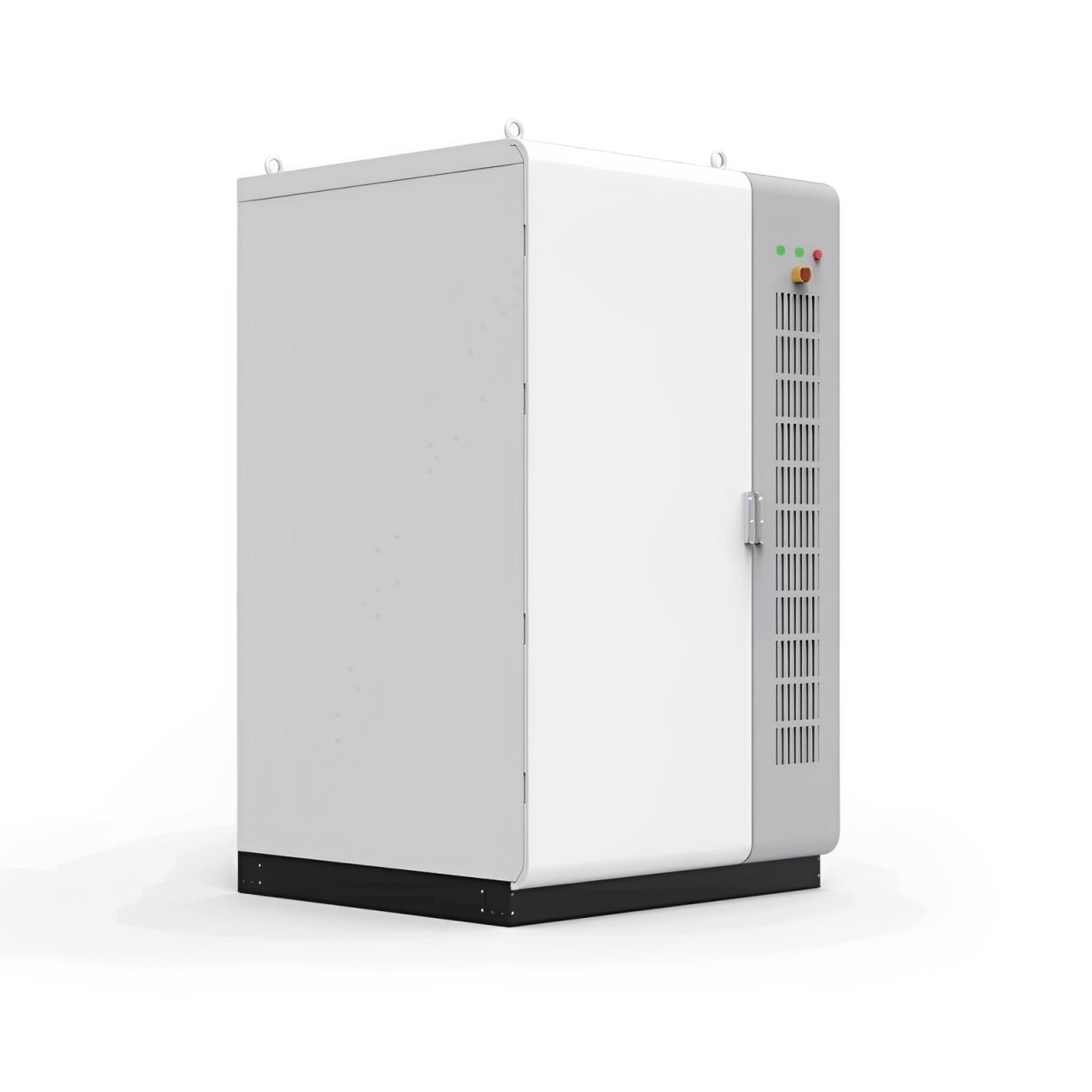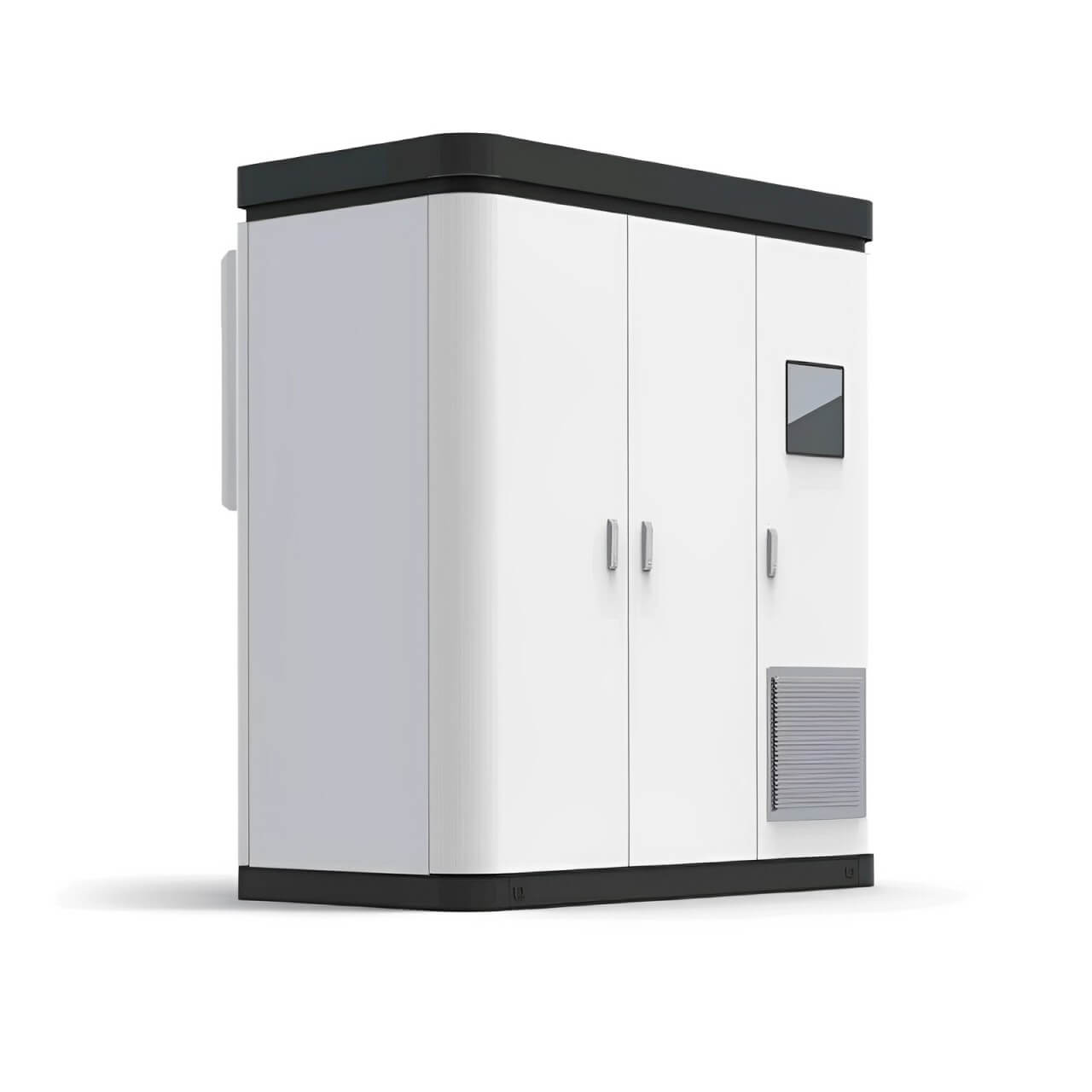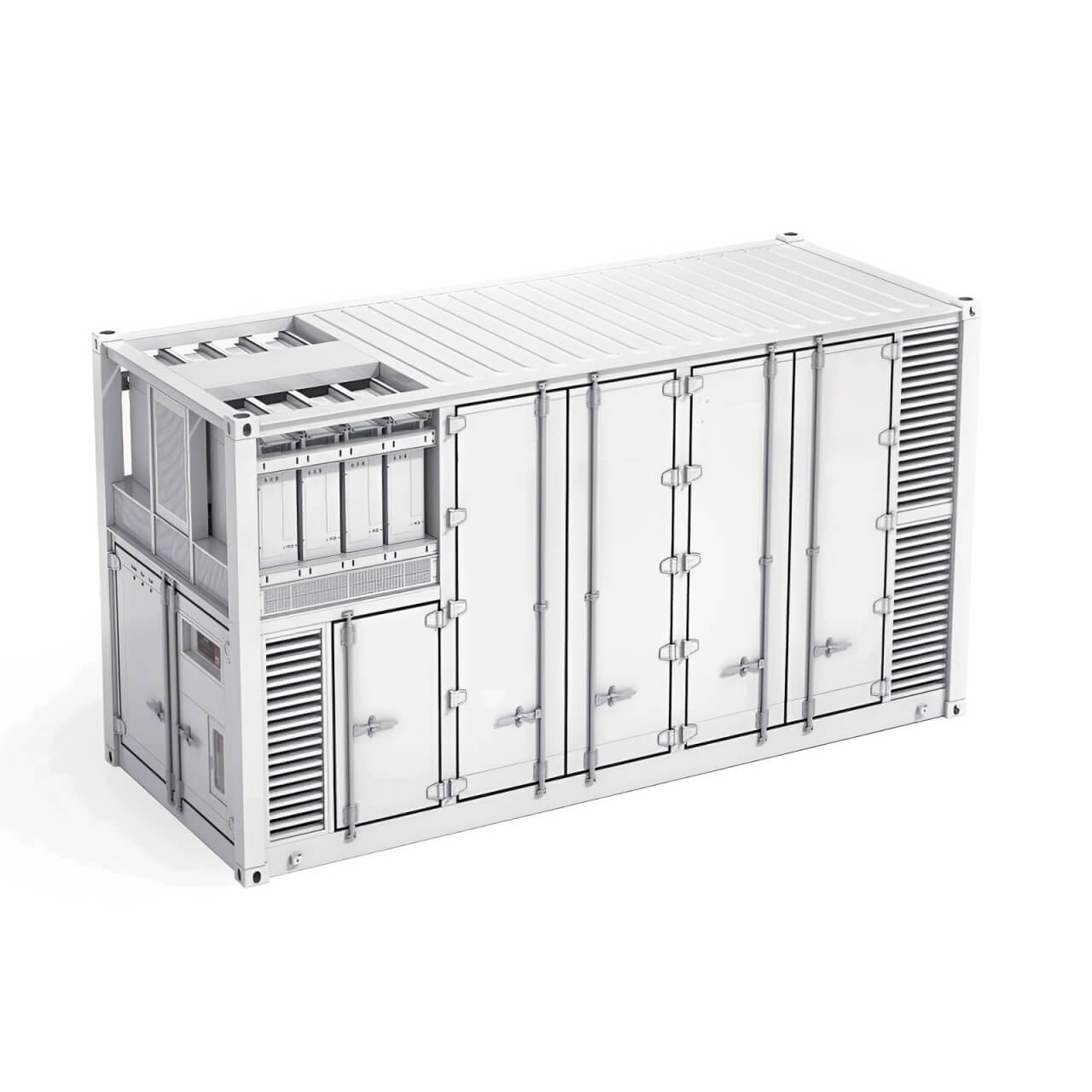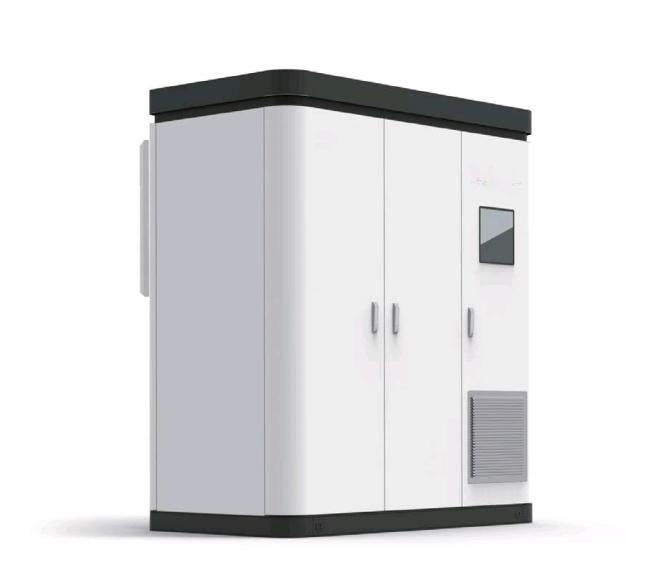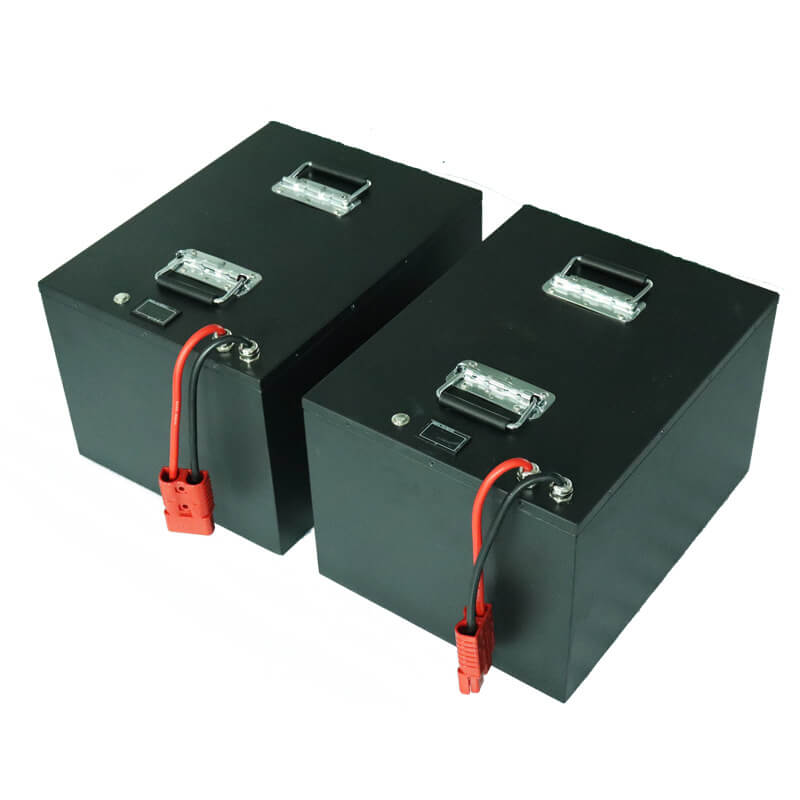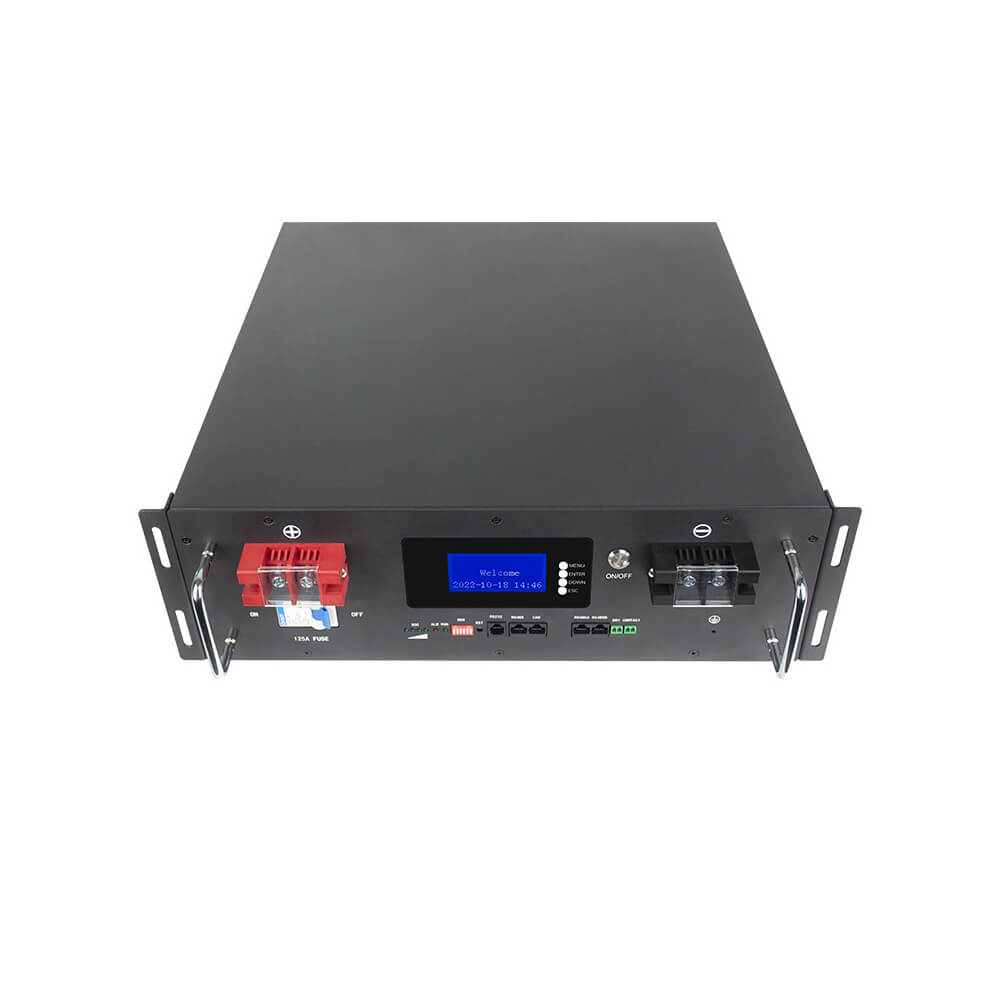Introduction to the structure and characteristics of 18650 cylindrical lithium batteries
18650 cylindrical lithium battery is a common type of lithium-ion battery, its size is 18 mm in diameter and 65 mm in length, hence the name 18650.This type of battery has a large capacity, and is usually widely used in power tools, portable electronic devices, electric bicycles and other fields.
The positive electrode of 18650 lithium battery usually uses chemical materials such as lithium cobaltate, lithium manganate, lithium iron phosphate, etc. The negative electrode is composed of carbon material, and the diaphragm is usually made of excellent plastic polymer material.
The electrolyte of 18650 lithium battery is a colorless and transparent liquid electrolyte, which is usually mixed by lithium salt and organic solvent. The metal casing is usually made of stainless steel and other corrosion-resistant materials, and the sealing device is an important guarantee for the internal sealing of the battery.
18650 cylindrical lithium batteries are characterized by high energy density, long life, low self-discharge, can be quickly charged, and at the same time have good safety and adaptability, so they are widely used in power tools, electric vehicles, portable electronic products and other fields. However, 18650 cylindrical lithium batteries can also be a safety hazard when the battery is overcharged, over-discharged, and over-temperature.
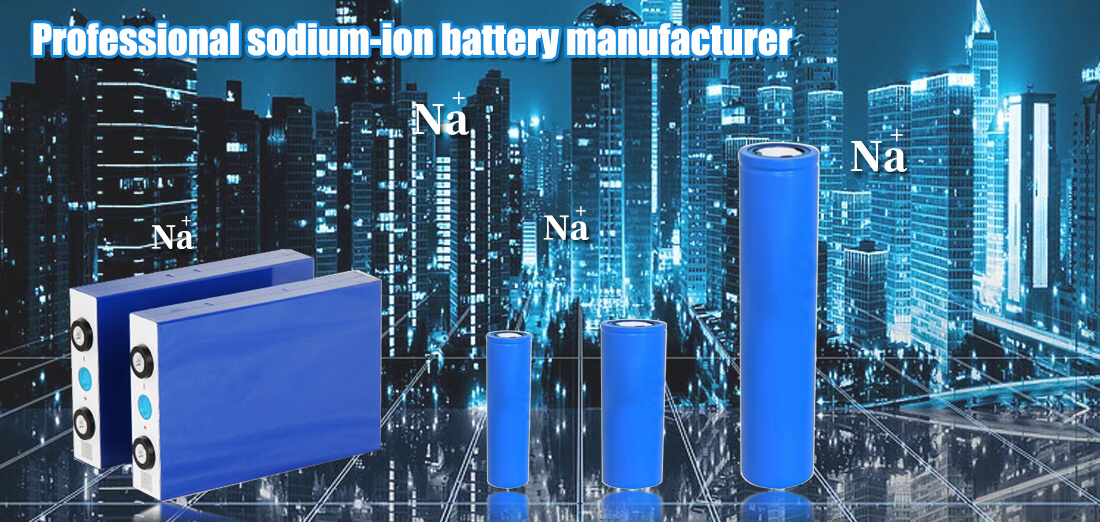
It should be noted that the use of 18650 lithium batteries must comply with safety specifications, the correct use and maintenance of the battery, to avoid over-charging, over-discharging, over-temperature and other operations, in order to avoid damage to the battery, liquid leakage, fire or even explosion and other dangerous situations. When using 18650 lithium batteries, you should choose regular brands and manufacturers, use specialized chargers and protection circuits to ensure safety and good performance.
18650 lithium batteries do not charge into the possible causes and solutions
18650 lithium batteries is a type of lithium-ion batteries, lithium-ion batteries is the originator of the 18650 battery charging into the battery there are many cases, different problems need to take the appropriate repair methods, in order to solve the problem of 18650 battery charging into the power. So what are the reasons and treatment methods for the battery not charging into the battery?
18650 lithium batteries do not charge into the power of the following possible reasons:
Poor battery connection: if the contact between the battery and the charger is poor, resulting in the battery can not be charged. At this time, you need to check whether the contact between the battery and the charger plug is good, or replace the charger and battery to try.
Incorrect battery polarity: If the battery is installed backwards into the charger, it will also cause the battery not to charge. The correct procedure is to connect the positive terminal of the battery to the positive terminal of the charger and the negative terminal of the battery to the negative terminal of the charger.
Faulty charger: If the charger itself is faulty, it will also cause the battery to fail to charge. In this case, you need to replace the charger to solve the problem.
Battery aging: If the battery has been used for a long time, the capacity of the battery may have been reduced and the internal resistance of the battery may have increased, all of which will lead to the battery not being fully charged. At this time you need to replace the battery with a new one.
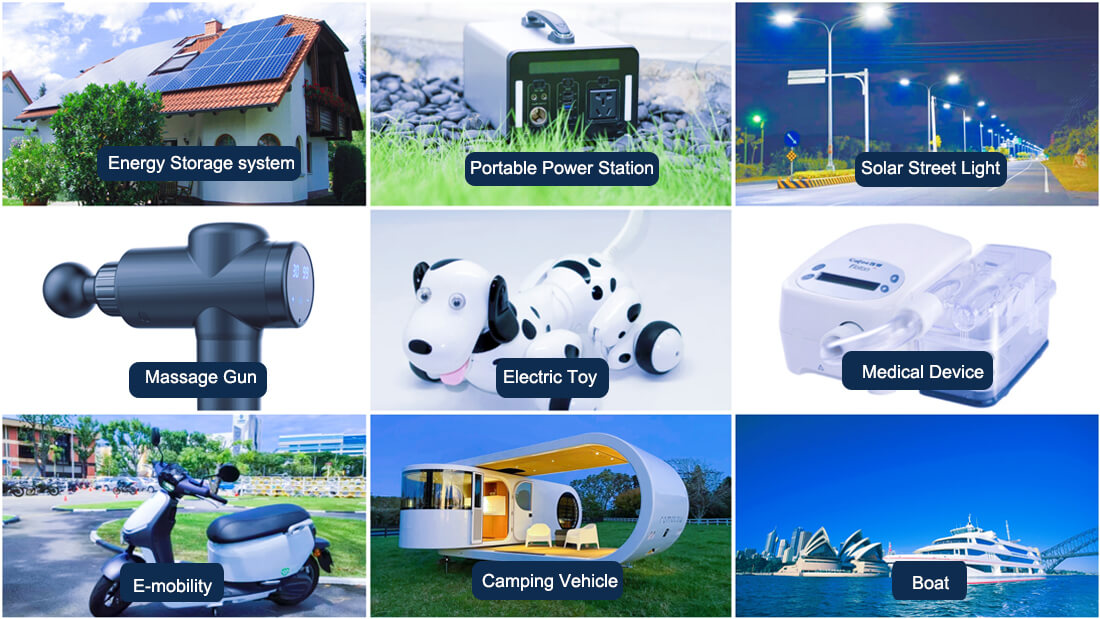
Insufficient charging voltage: If the output voltage of the charger is insufficient, it will also cause the battery not to be fully charged. At this time, you need to check whether the output voltage of the charger meets the requirements of the battery.
In short, if the 18650 lithium battery can not be charged, you need to check the battery connection, polarity, charger, battery aging and many other factors, find the problem and repair or replace the device.

 简体中文
简体中文 Russian
Russian French
French German
German Japanese
Japanese Korean
Korean Arabic
Arabic Spanish
Spanish